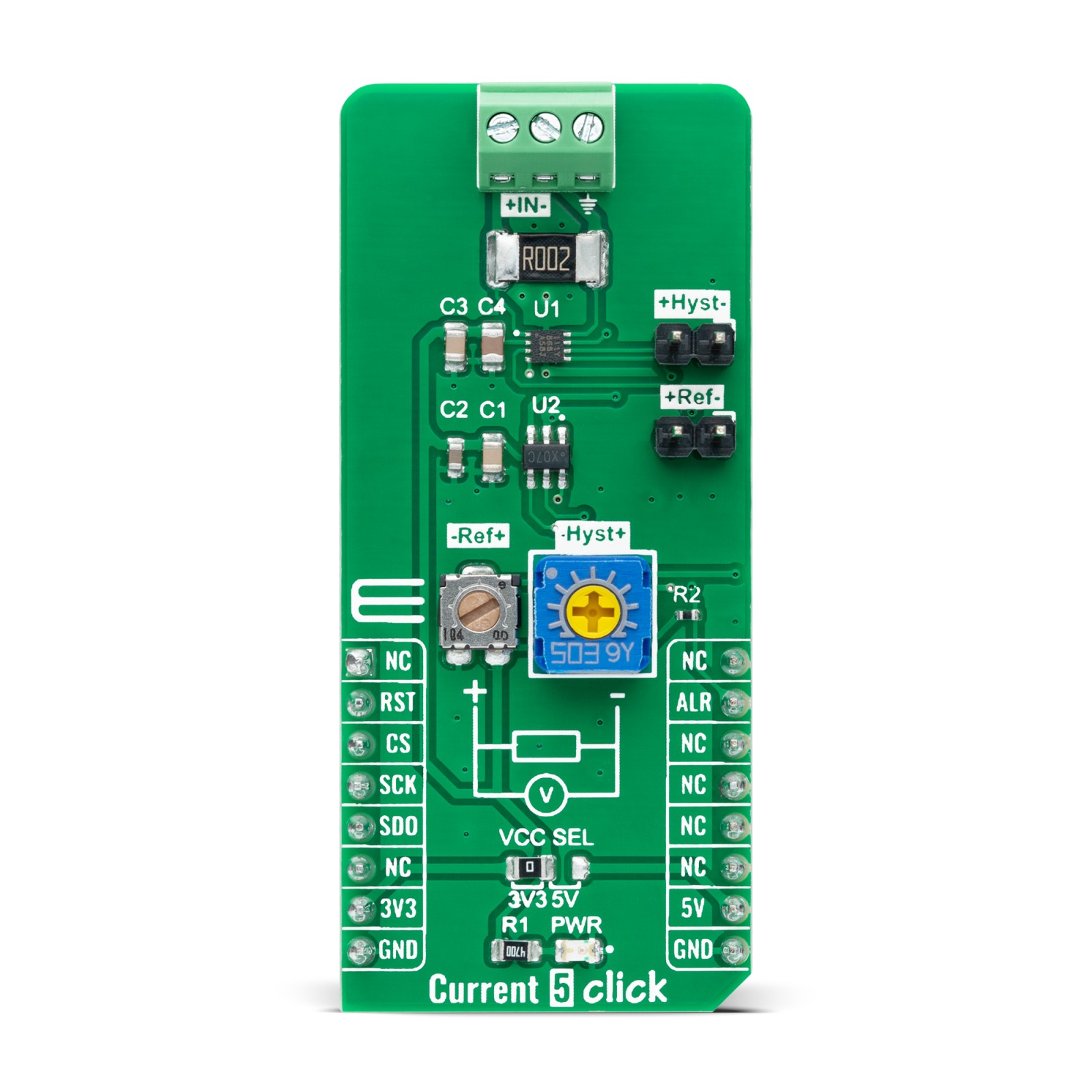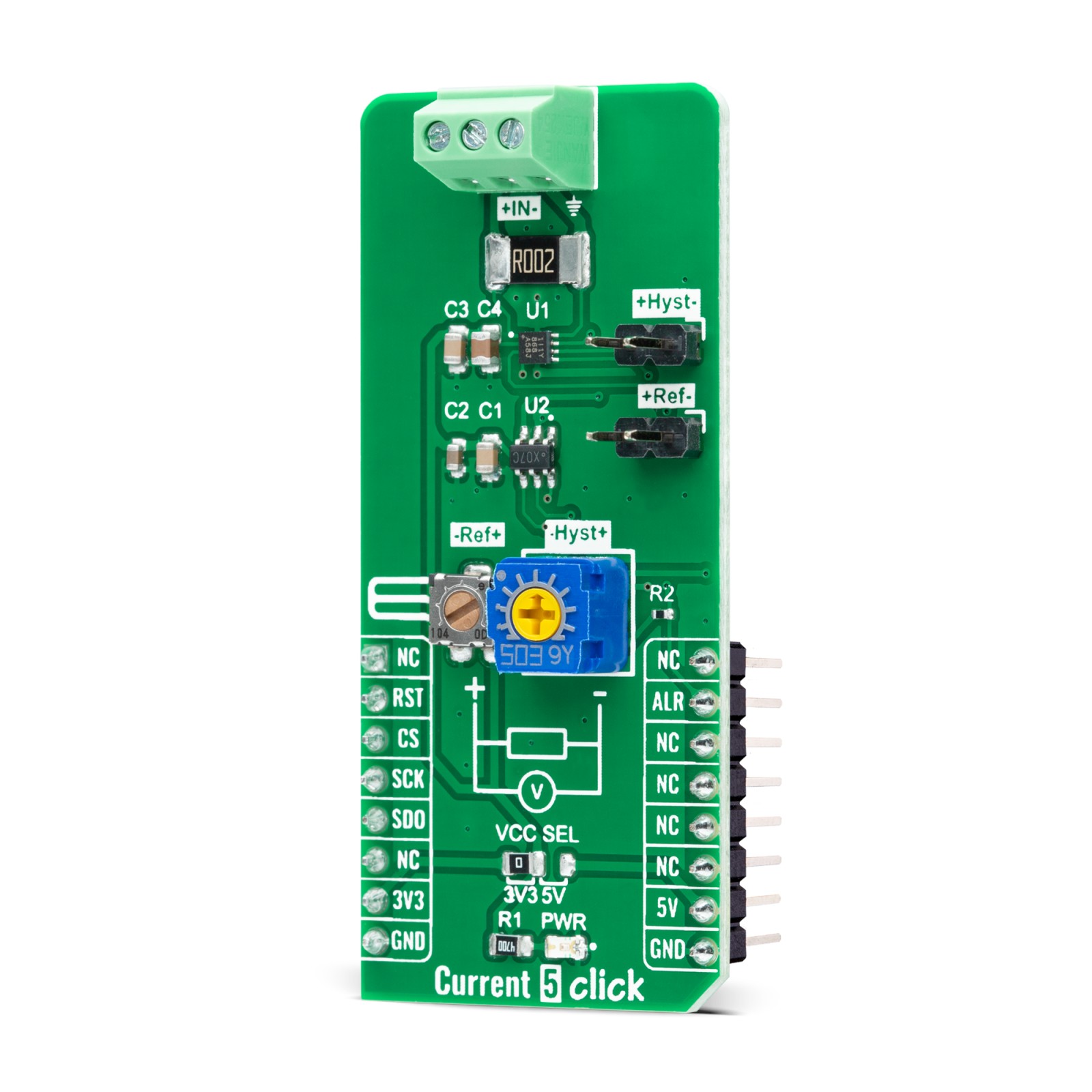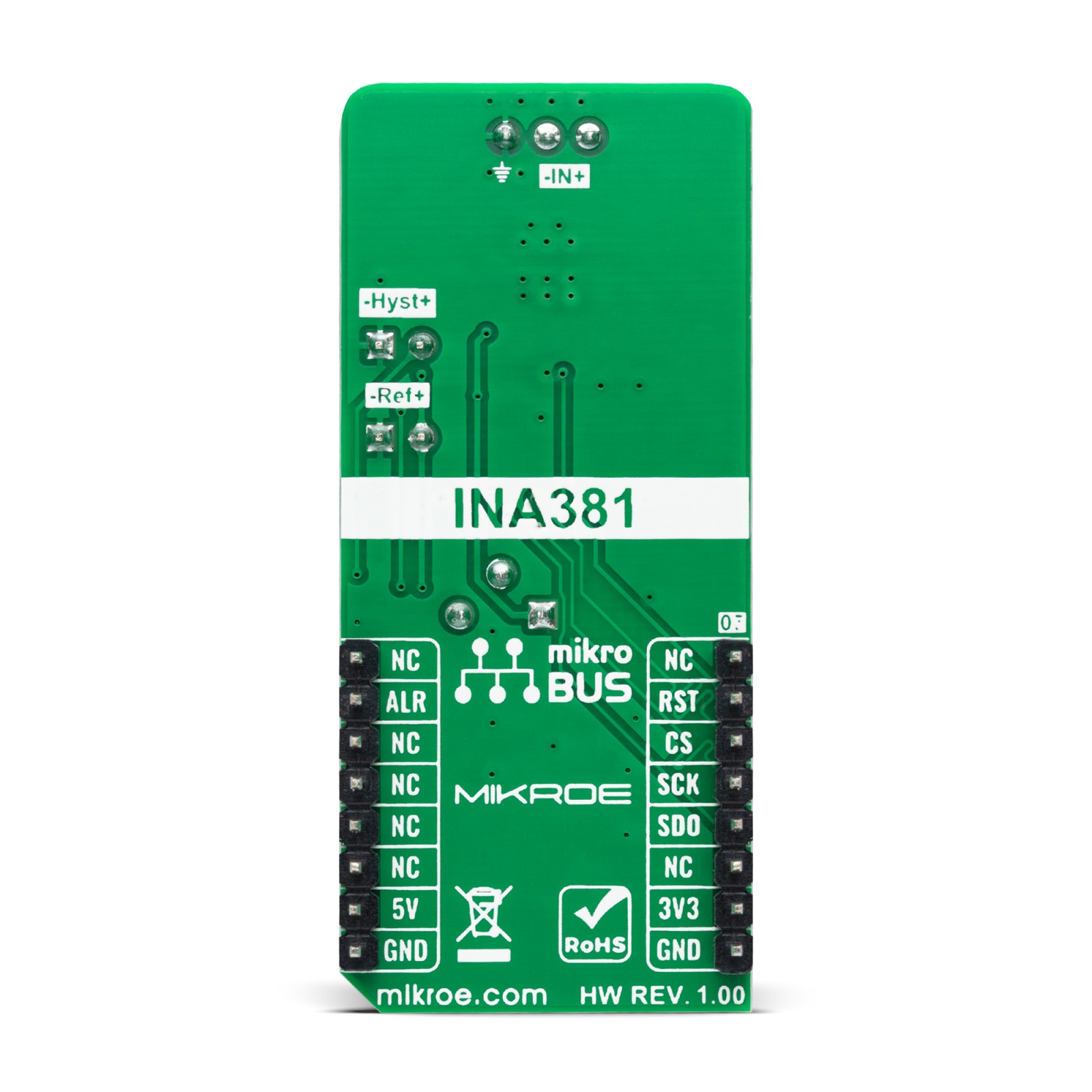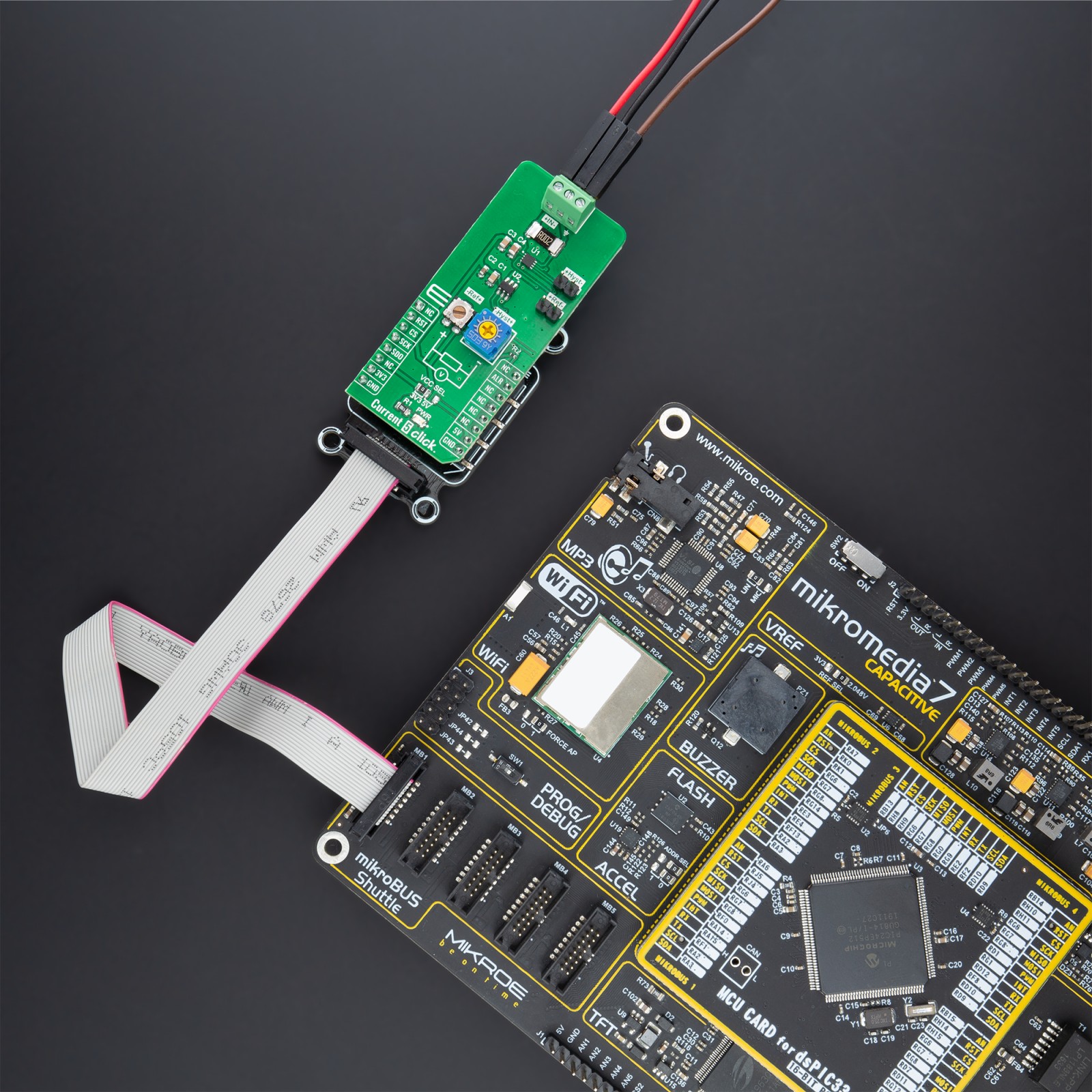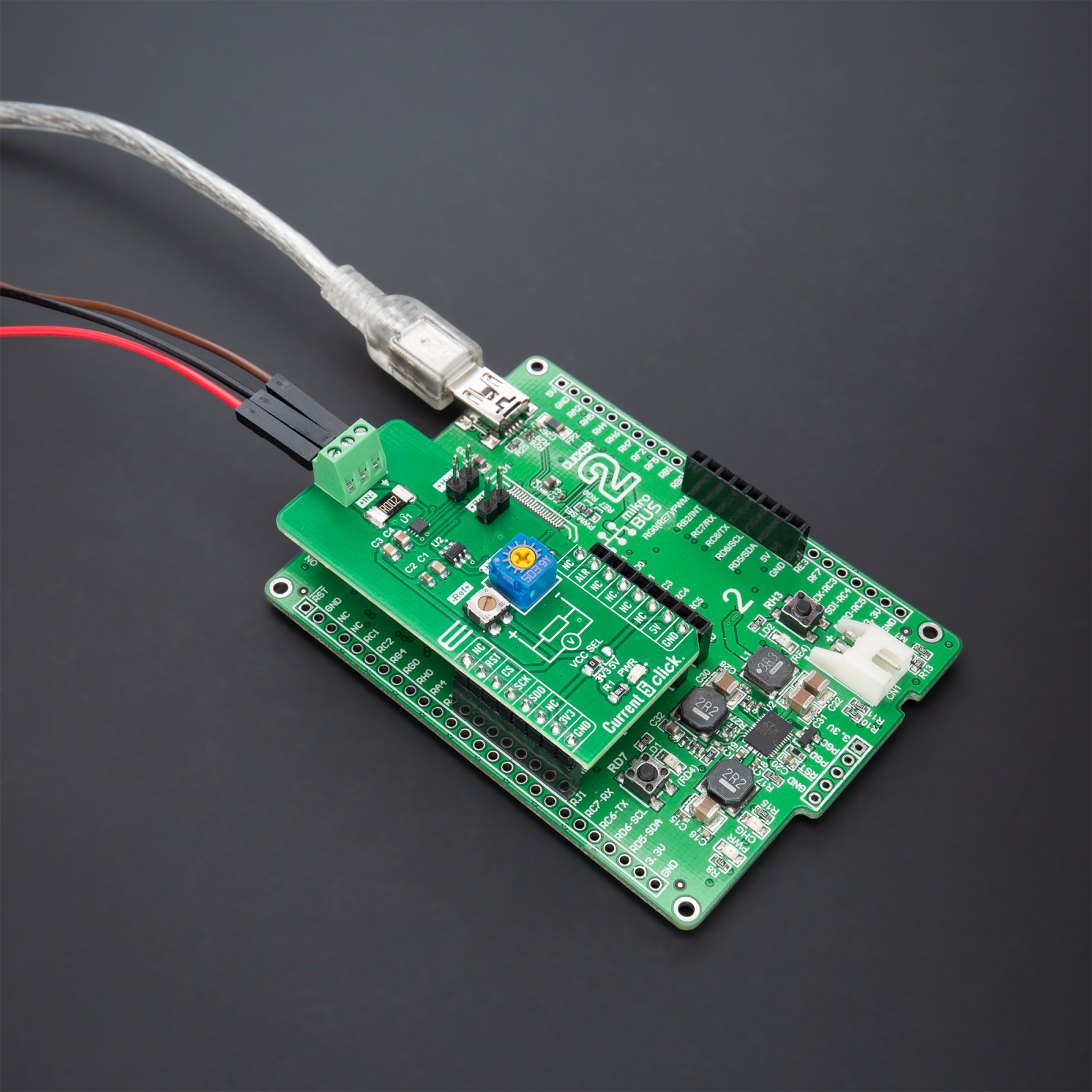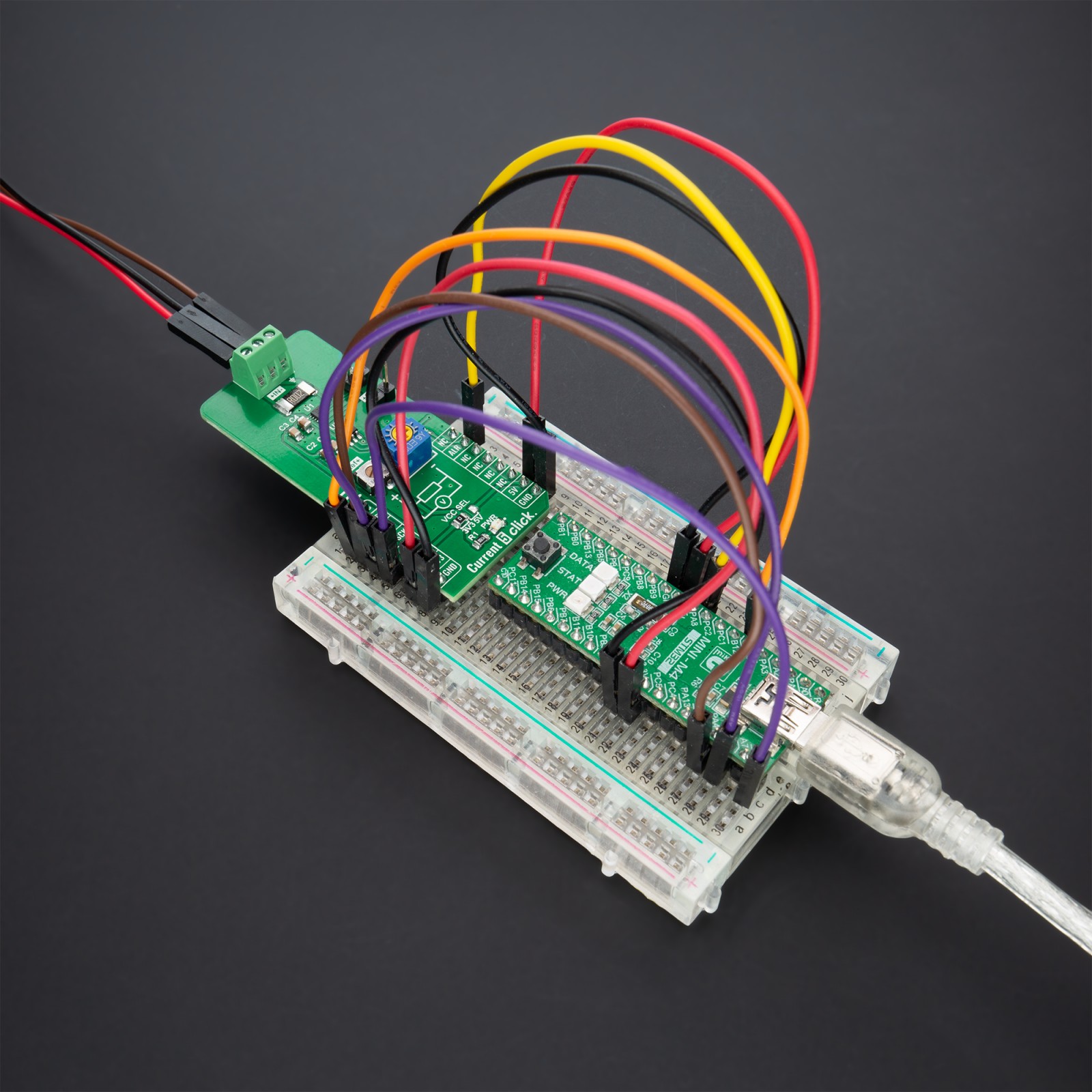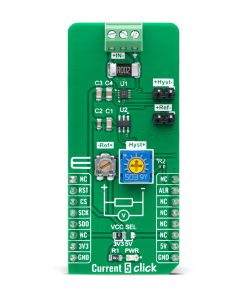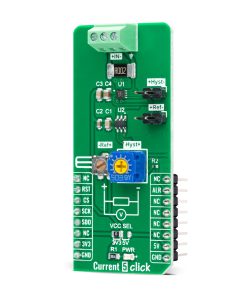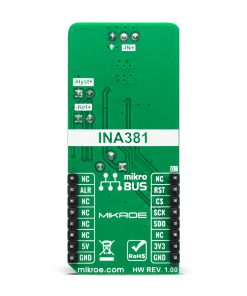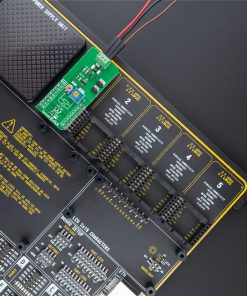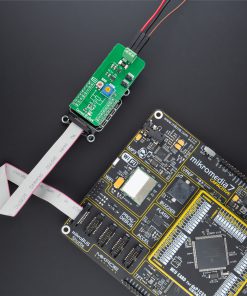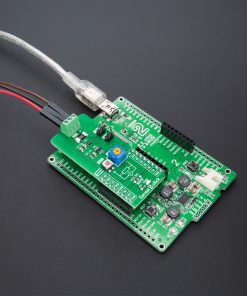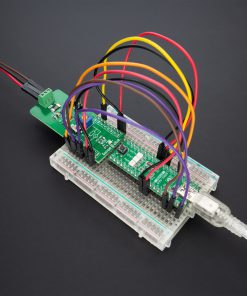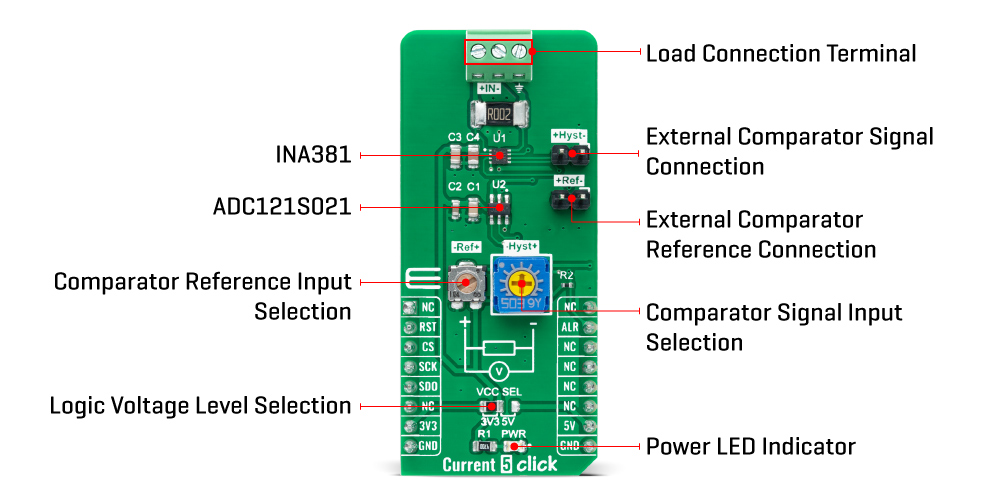-
×
 Proximity Click
1 × R220.00
Proximity Click
1 × R220.00 -
×
 RS485 Click 5V
2 × R235.00
RS485 Click 5V
2 × R235.00 -
×
 GSM-GPS Click
1 ×
GSM-GPS Click
1 × R1,350.00R1,215.00 -
×
 tRF Click
2 ×
tRF Click
2 × R1,050.00R945.00 -
×
 microSD Click
1 ×
microSD Click
1 × R355.00R319.50 -
×
 WiFi Plus Click
1 ×
WiFi Plus Click
1 × R2,250.00R2,025.00 -
×
 BEE Click
1 ×
BEE Click
1 × R800.00R720.00 -
×
 3D Motion Click
1 ×
3D Motion Click
1 × R1,050.00R945.00 -
×
 RN4678 Click
1 ×
RN4678 Click
1 × R855.00R769.50 -
×
 RTC 2 Click
1 ×
RTC 2 Click
1 × R465.00R418.50 -
×
 MPU 9DOF Click
1 × R550.00
MPU 9DOF Click
1 × R550.00 -
×
 Accel Click
1 ×
Accel Click
1 × R355.00R319.50 -
×
 ADC Click
1 ×
ADC Click
1 × R540.00R486.00
Subtotal: R10,402.00

